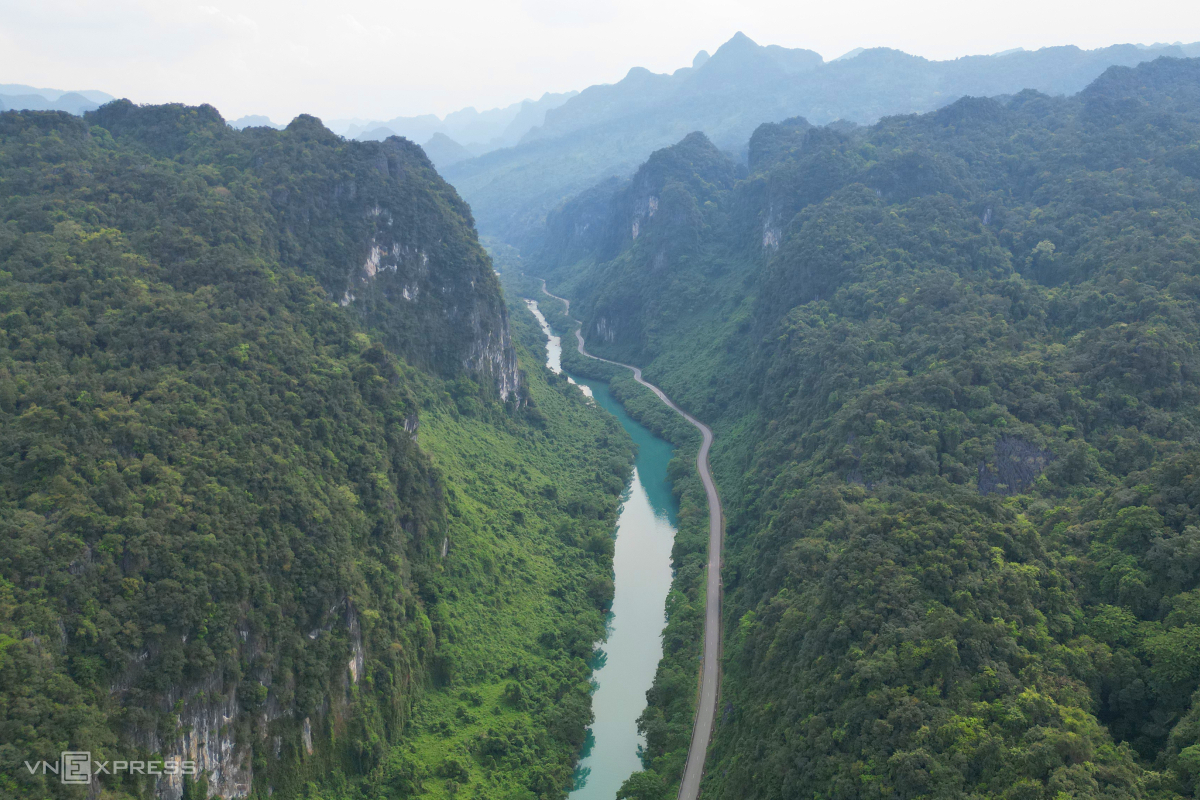Expansion of Phong Nha – Ke Bang National Park Recognized as Transboundary World Heritage Site
The World Heritage Committee of UNESCO has officially approved the expansion of the Phong Nha – Ke Bang National Park in central Vietnam. This decision includes the addition of Hin Nam No National Park, located in Khammouane Province of Laos, to the site. The approval was made during the 47th session of the committee, which took place in Paris, France.
Following this update, the official name of the heritage site is now “Phong Nha – Ke Bang National Park and Hin Nam No National Park.” This marks a significant milestone as it becomes the first transboundary world heritage site for Vietnam. The joint nomination was submitted by the governments of Vietnam and Laos to UNESCO in February 2024.
A New Era for Heritage Management
This recognition is expected to serve as a model for the management of cross-border heritage sites. It allows Vietnam to share practical experiences in implementing the 1972 UNESCO Convention concerning the Protection of the World Cultural and Natural Heritage. By working together with Laos, both countries can develop strategies that ensure the preservation and sustainable use of their shared natural and cultural resources.
The inclusion of Hin Nam No National Park enhances the ecological value of the site, as it adds new biodiversity and unique geological formations to the already renowned Phong Nha – Ke Bang area. The region is known for its vast cave systems, lush forests, and rich wildlife, making it a critical area for conservation efforts.
Strengthening Bilateral Relations
The collaboration between Vietnam and Laos on this project highlights the strong cultural and historical ties between the two neighboring countries. The joint effort demonstrates how international cooperation can lead to meaningful outcomes in heritage protection and environmental sustainability.
This partnership also reinforces the long-standing friendship and solidarity between Vietnam and Laos. It reflects a shared commitment to preserving natural landscapes and promoting sustainable development in the region.
Vietnam’s Growing List of World Heritage Sites
With this latest addition, Vietnam now has nine world heritage sites. These include two inter-provincial sites: Ha Long Bay – Cat Ba Archipelago, and the Complex of Yen Tu – Vinh Nghiem – Con Son, Kiep Bac Monuments and Landscapes, both located in northern Vietnam.
Each of these sites represents a unique aspect of Vietnam’s natural and cultural heritage. They are not only important for their historical and ecological significance but also for their role in promoting tourism and raising awareness about the importance of conservation.
Future Implications
The recognition of the expanded Phong Nha – Ke Bang National Park and Hin Nam No National Park as a transboundary world heritage site sets a precedent for future collaborations. It encourages other nations to explore similar partnerships that can benefit both the environment and local communities.
Moreover, this achievement underscores the importance of international cooperation in addressing global challenges such as climate change, biodiversity loss, and environmental degradation. By working together, countries can create more effective and sustainable solutions for the protection of natural and cultural heritage.
In conclusion, the expansion of Phong Nha – Ke Bang National Park into a transboundary world heritage site is a significant step forward for Vietnam and Laos. It not only strengthens their bilateral relations but also contributes to the global effort to preserve and protect our planet’s most valuable natural and cultural treasures.







